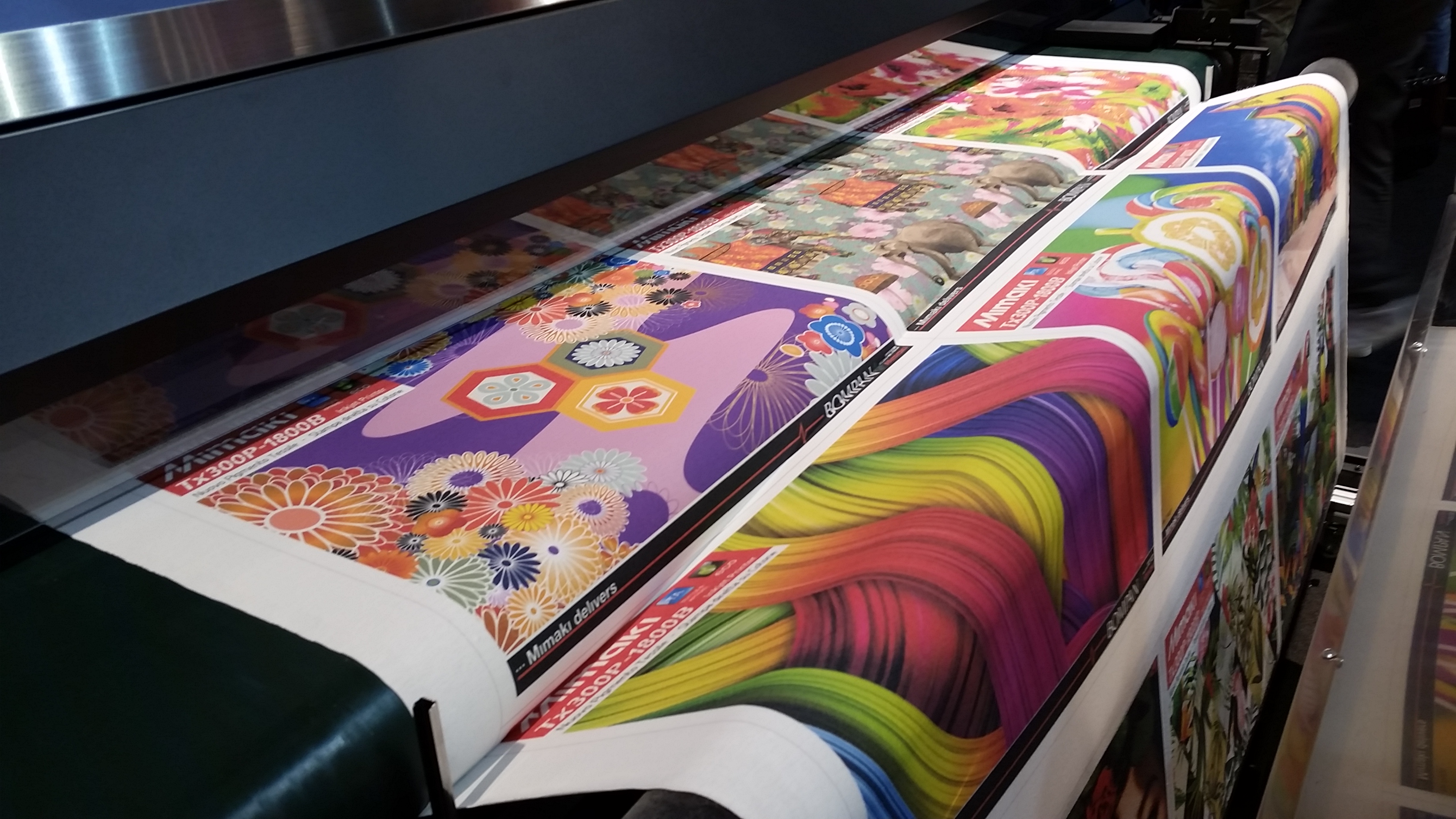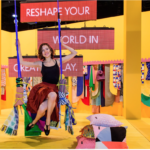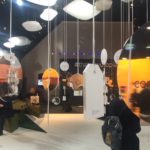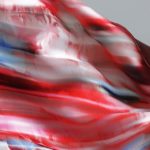Textile printing in Milan
Milan will host next November InPrint Italy a fair for Industrial Printing. How Textile Printing is concerned in this area? Fashion or technical textile solutions ?
InPrint is about industrial inkjet printing. Northern Italy has been a leader in this field and with the close connections to fashion in Milan, this will remain an important part of the industry for years. At InPrint Italy visitors will be able to talk to leaders in the design and manufacture of technology for industrial textile printing. Exhibitors include companies such as Kyocera who manufacture heads that are used within single pass industrial inkjet machines. Konica Minolta who manufacture the innovative SP-1, a super fast industrial inkjet digital textile machine.
EFI Reggiani, with their market leading industrial inkjet textile machines as well as companies such as Mimaki, who also have industrial inkjet machines for textile. In addition exhibitors such as Sensient and Italian based J-Teck3 with their market leading dye sublimation and disperse digital textile inks will be there.
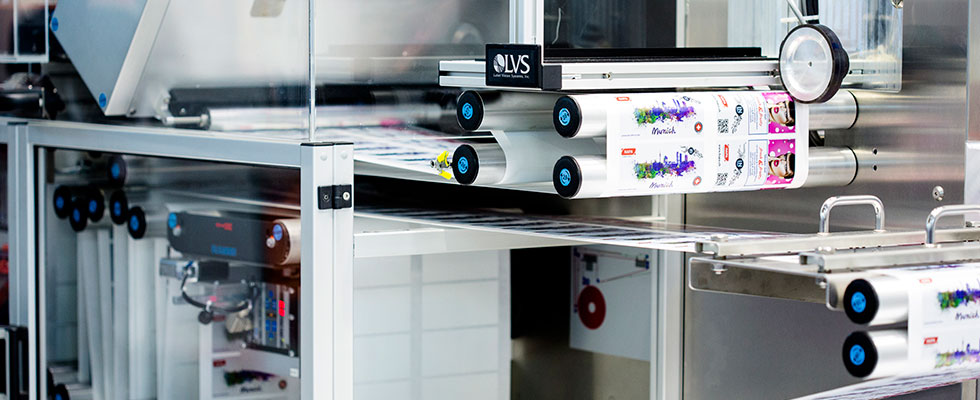
This concerns mainly inkjet printing, we find particularly at Fespa. There will be some differences?
Yes Fespa is an event aimed at graphic production principally for soft signage. So the printing of flags. This represents the lower end of the marketplace. InPrint Italy points towards new applications and areas of development that are higher in the value chain and offer customers the opportunity to make a larger amount of profit.
Direct on fabric inkjet or transfer: could you explain to our readers the difference regarding the applications?
There are two processes for digital textile. Dye Sublimation transfer is where a heat process is used and paper is involved and the image does get transferred onto the textile. This is particularly popular with sportswear and producers like it because the colours are very vivid and bright. This market has really grown in the past few years. Direct to fabric is different and allows production onto a wider variation of fabrics and is therefore more used in home textiles and fashion. And it is what you expect, the inks is jetted directly onto the fabric.
Which other printing techniques are involved in industrial textile printing?
Rotogravure and Screen Printing mainly. Very old techniques which produce high quality but at very long run lengths. The textile market is growing in the area of digital production by about 20% per year. As you would imagine, the fashion industry likes the flexibility that inkjet can provide as you don’t need to have large stock inventories, you can change design easily and respond to changing trends. The industry calls this ‘fast fashion’. And the large clothing retailers are using this technology to increase the frequency of their ranges in their stores as it enables them to respond quickly and efficiently to demand.
Textile printing largely disappeared from Europe as production went out to places like China and India which had a lower cost base. Whilst this remains, digital technology is creating new markets closer to home with digital production better suited to short run production and so on. Italy is the leader for digital textile production particularly at the top end with brands such as Armani, Versace etc etc. Turkey is also a large producer of textile printing using digital.
Register now for free entry to InPrint Italy.



